Cleaning floors after winter is essential to maintaining your home’s flooring and overall cleanliness. Wintertime brings snow, salt, and even mud. From the first snowfall to the last icy day, every trip inside the house can truck in a mix of slush, road salt, and dirt. Over time, these elements can take a serious toll on your home’s flooring.
As the seasons change and temperatures rise, it’s the perfect time to give your floors the deep clean they deserve. Tackling winter’s aftermath not only freshens up your living space but also helps extend the life of your flooring.
As our blog’s title suggests, we’ll cover easy and practical tips for cleaning different types of floors after the ‘bleak months’. From tile and hardwood to vinyl and carpet.
Read on to be informed and make your home feel fresh and ready for spring?
Note: 🛒 Some links in this post are affiliate links. As an Amazon Associate, we may earn a small commission—at no extra cost to you!
Is Post-Winter Floor Care Really Necessary? ❄️🧽 Let’s Find Out!
In short, yes! During winter, floors are particularly vulnerable to damage from the elements. Snow and ice melt, road salt, dirt, and wet debris are trucked inside. Over time, these elements accumulate on floors, especially near entryways and high-traffic areas.
Salt and dirt can harm wood flooring. If not cleaned up promptly, they can cause discoloration and other surface damage. In addition, moisture from melting snow can warp wood floors. It can also loosen grout on tiles, creating the perfect breeding ground for mold growth in carpets. A timely and thorough winter grime removal is essential to prevent these issues.
Pre-Cleaning Prep
A proper post-cleaning prep can ease the floor cleaning process. It can lessen the completion time and ensure more effective results:
✔Clear the area. Move any furniture, obstacles, or rugs off the floor to give yourself a clear path. Ensure that nothing gets in the way during the cleaning.
✔Vacuum or sweep the floors. Removing dirt, dust, and loose debris will make cleaning smoother. If you’re working with carpeted areas, be sure to vacuum thoroughly. A rotating brush vacuum is best for deep cleaning the fibers, particularly in high-traffic areas. You want to eliminate embedded dirt that can make stains harder to remove later.
✔Check for signs of damage. As earlier mentioned, winter’s moisture can sometimes lead to water damage. This is especially true of wood floors, where the boards might warp or buckle. For tile floors, inspect the grout for cracks. Identifying these issues early can help prevent further damage down the road. It’s also a great way to ensure your cleaning efforts aren’t wasted.
Easy and Effective Floor Cleaning Tips After Winter
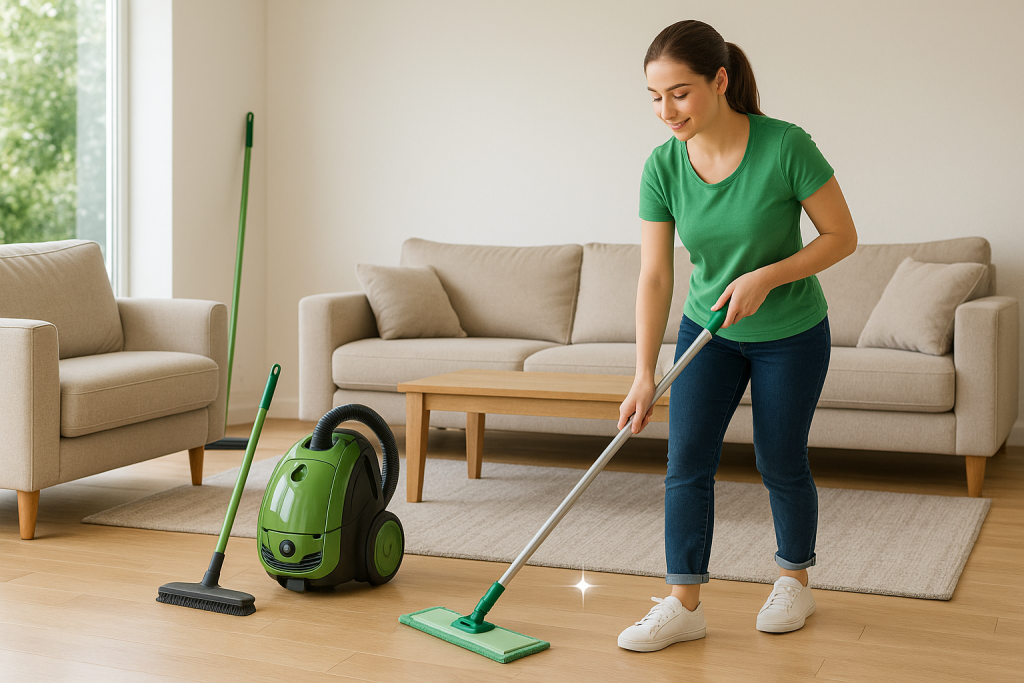
Cleaning Hardwood Floors
1️⃣ Use a gentle cleaner. The key is to avoid methods that could damage the wood. Therefore, look for mild, wood-friendly household cleaning products. You can also create your own cleaning solution using water and vinegar. Mix a few tablespoons of vinegar with a gallon of water – that’s how to make wood floors shine naturally!
2️⃣ Choose microfiber mobs over wet mobs. When it’s time to mop, skip the traditional wet mop. Instead, opt for a microfiber, which uses much less water and doesn’t saturate the wood. These mops effectively trap dirt and debris while preventing moisture from seeping into the wood. You just need to dampen the mop slightly to clean without leaving excessive water behind.
3️⃣ Polish the floor after cleaning. Many frequently ask: Why do my hardwood floors look dull after cleaning? Well, here’s how to make dull floors shine – add a layer of polish or wax after drying your wooden floor. The polish or wax will help restore the natural shine and create a protective layer that guards against future scratches. Polishing also helps maintain the floor’s rich color and finish, keeping it fresh and vibrant. Be sure to select the most appropriate polish for your floor’s finish – whether it’s urethane, oil, or another type of coating.
👉 Want a deeper clean without damage? Check out our guide on how to sanitize wood floors fast using safe, DIY methods.
How to Clean Tile Floors
✅ Use a Mild Detergent or Vinegar Solution. You can use a store-bought tile cleaner designed for your type of tile. Before using a solution, test it in a small area to ensure it doesn’t discolor the tiles. Alternatively, mix equal parts white vinegar and water in a spray bottle or bucket to create a gentle and effective cleaning solution.
✅ Scrub Grout Lines. Grout can get dirty over time during the winter months. Sometimes, it can be tricky to clean without damaging the tiles. However, homemade cleaning products can make the process easier and more cost-saving. Create a paste using baking soda and water. Then, use a toothbrush or grout brush to scrub the grout lines. You want to be gentle to avoid scratching the tiles. Focus on areas where dirt and stains are most noticeable.
✅ Mop in Small Sections. To avoid streaks or excess moisture, mop your tile floors in small sections. That will allow you to clean and ensure the floor dries properly thoroughly. You can also dry off any wet spots with a clean towel to prevent water from seeping into the grout.
For Carpeted Floors

Spot Clean Stains
Combine warm water with a few drops of mild dish soap. Using a clean cloth or sponge, gently blot the stain. You should begin from the edges to avoid spreading it. Next, dampen another cloth with plain water and blot the area to remove any soap residue.
Blot dry with a dry towel and allow the carpet to air dry completely. For tougher stains, such as road salt, consider using a specialized carpet cleaner. Always test a small area first to ensure the solution won’t discolor the carpet.
Deep Cleaning Options
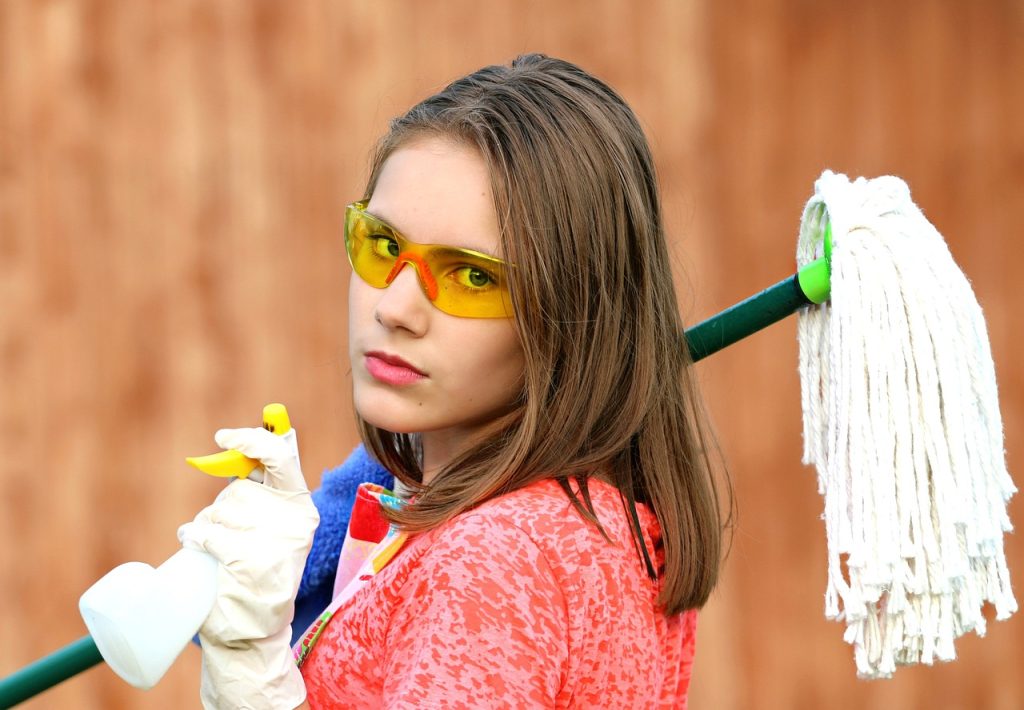
Your carpets may look worse for wear following the harsh winter months. In this case, deep cleaning them might be necessary. You can rent a carpet cleaner from stores like Lowe’s or Depot to remove dirt and freshen the fibers.
Hiring professional carpet cleaning services might be worth the investment if you’d prefer to leave it to the pros. That’s especially true if the carpets are heavily stained or have a lingering odor. A deep clean will also eliminate trapped moisture and prevent mold growth. You can apply a carpet protectant spray to resist future stains and spills for extra longevity.
💡Note: Using natural products when cleaning floors after winter is a wise choice for eco-conscious homeowners. Natural cleaners are non-toxic, making them safer for pets, kids, and the environment. They avoid harsh chemicals that can harm air quality and waterways. That promotes a healthier home and reduces your carbon footprint.
Cleaning Floors After Winter—Final Touches
👌Drying floors. After cleaning, it’s crucial to allow floors to dry thoroughly to prevent water damage. Open windows to ensure proper ventilation, and use fans to speed up the drying process.
👌Rearranging furniture. Proceed with care to avoid scratching newly cleaned floors. Consider using furniture pads or sliders to protect the surface when moving items back into place.
Let the Post-Winter Glow-Up Begin! 💪🌿
You’re now ready to tackle those post-winter floors with these easy tips – from cleaning hardwood to refreshing carpets. With a little effort and the right products, your floors will look as good as new. Get started today and restore your floors to their pre-winter beauty!
Got any winter cleaning tips of your own? ❄️🧼 Share them in the comments below—we’d love to hear from you! 💬❤️
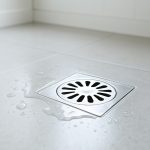

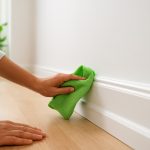
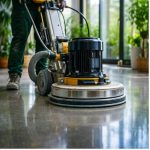
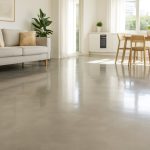
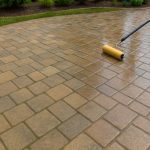

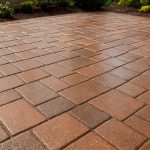
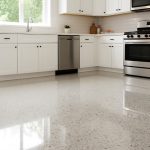
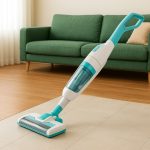
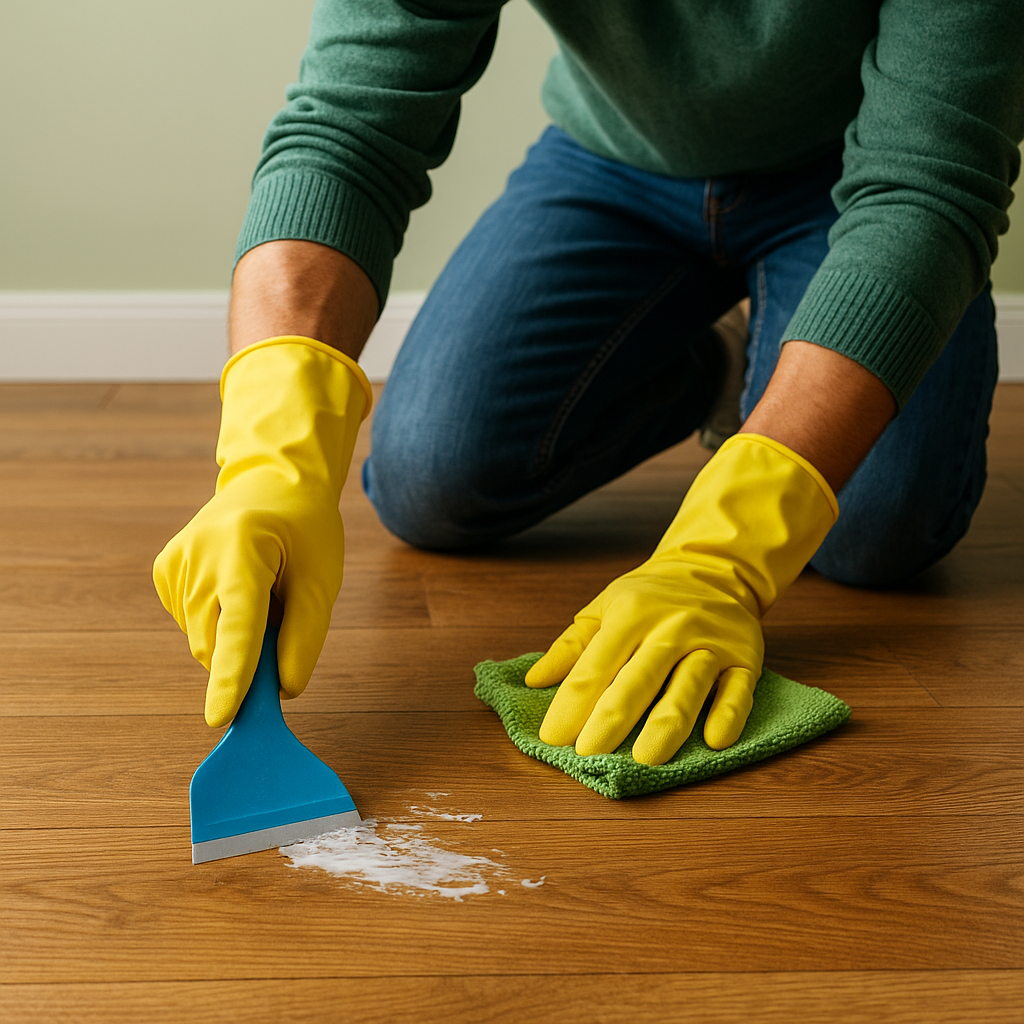
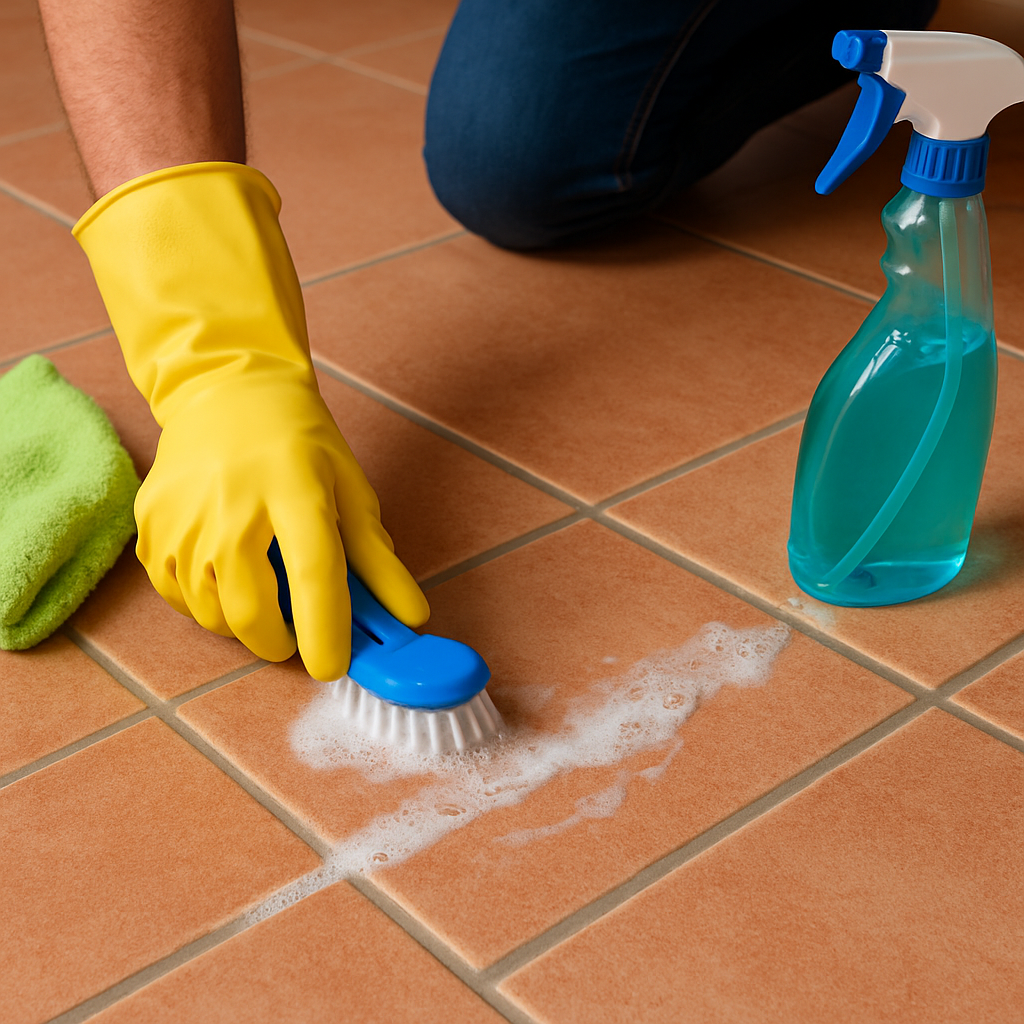
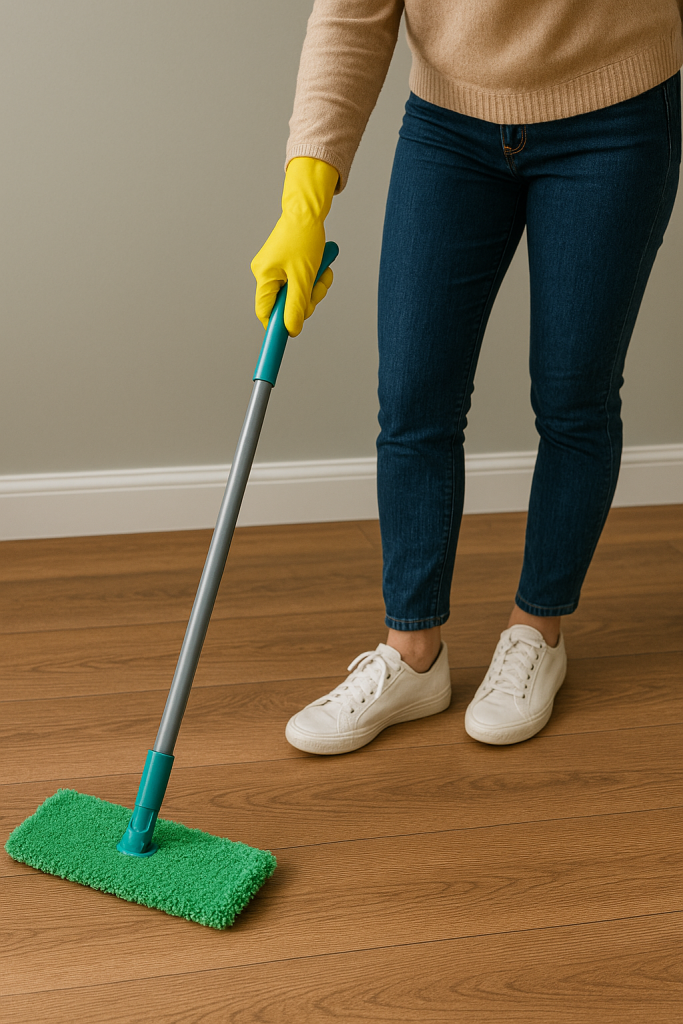
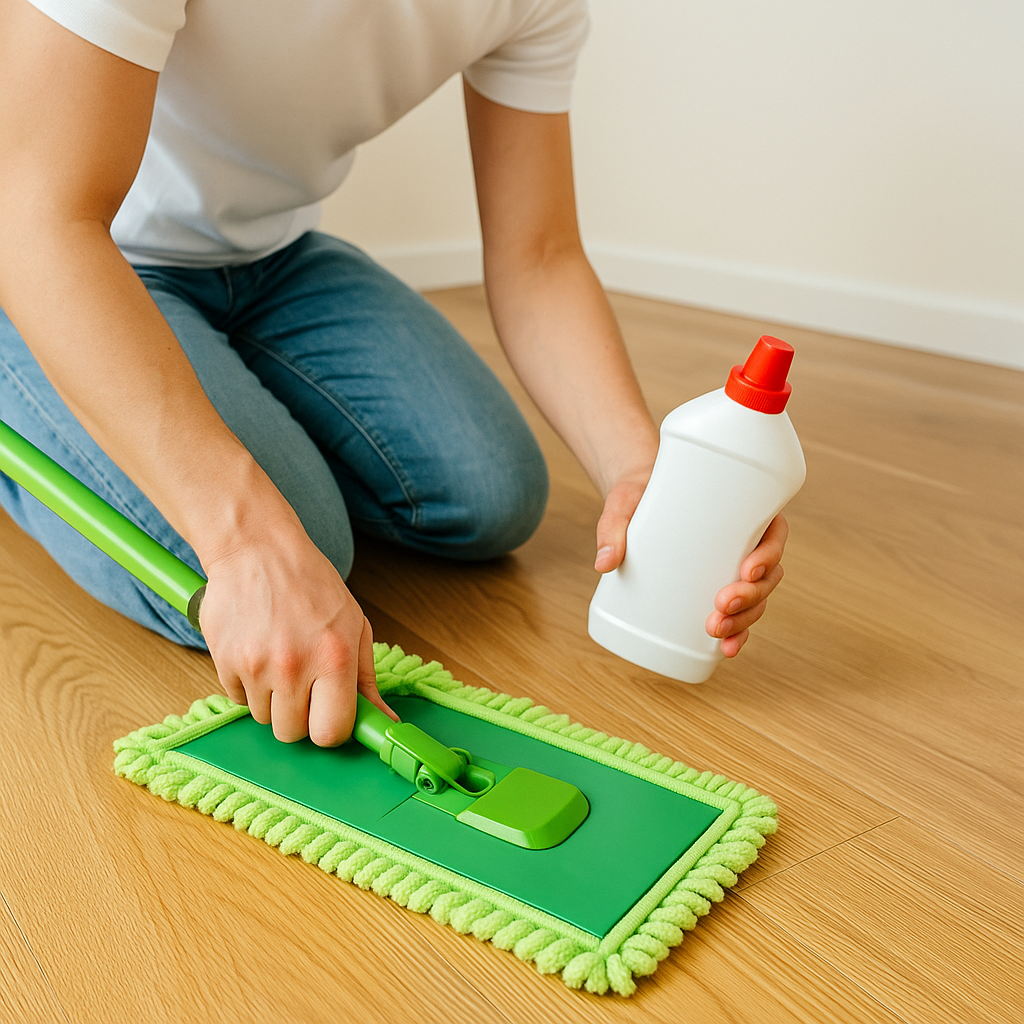
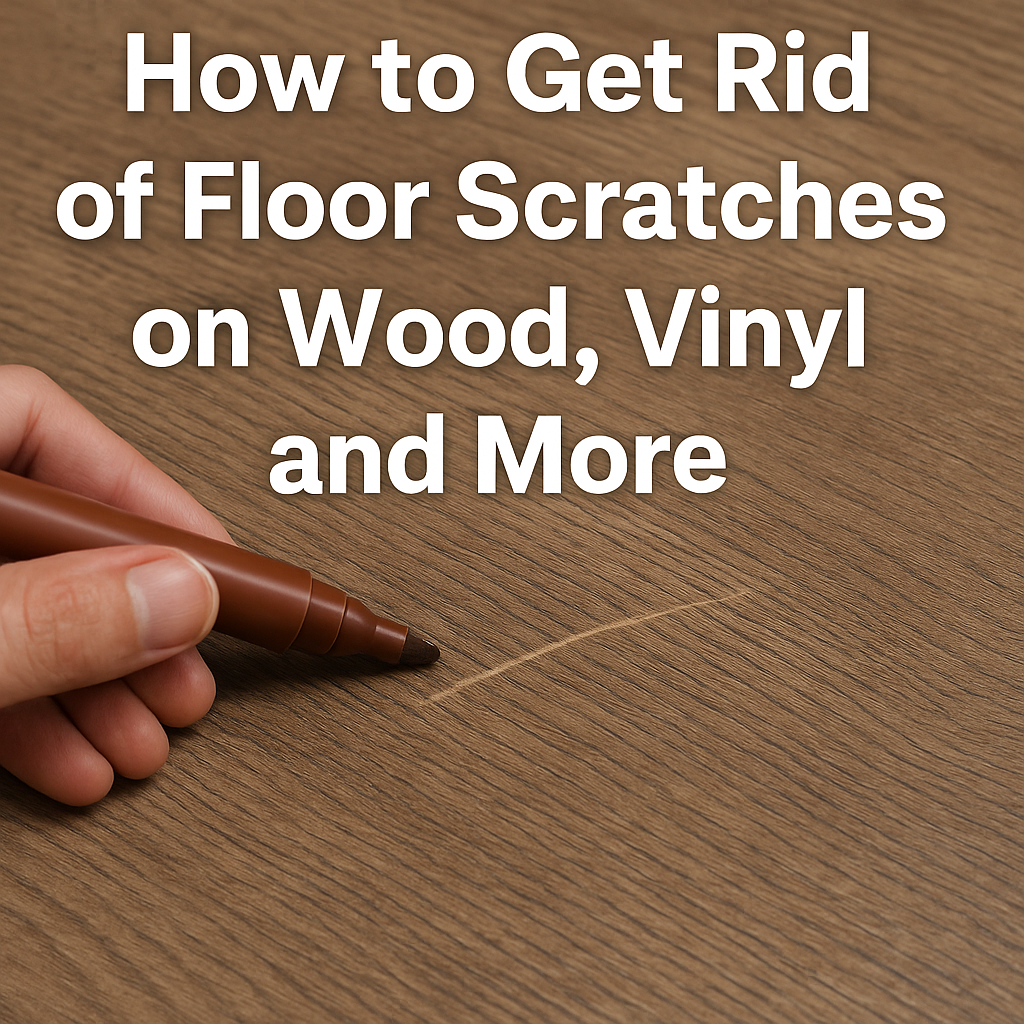
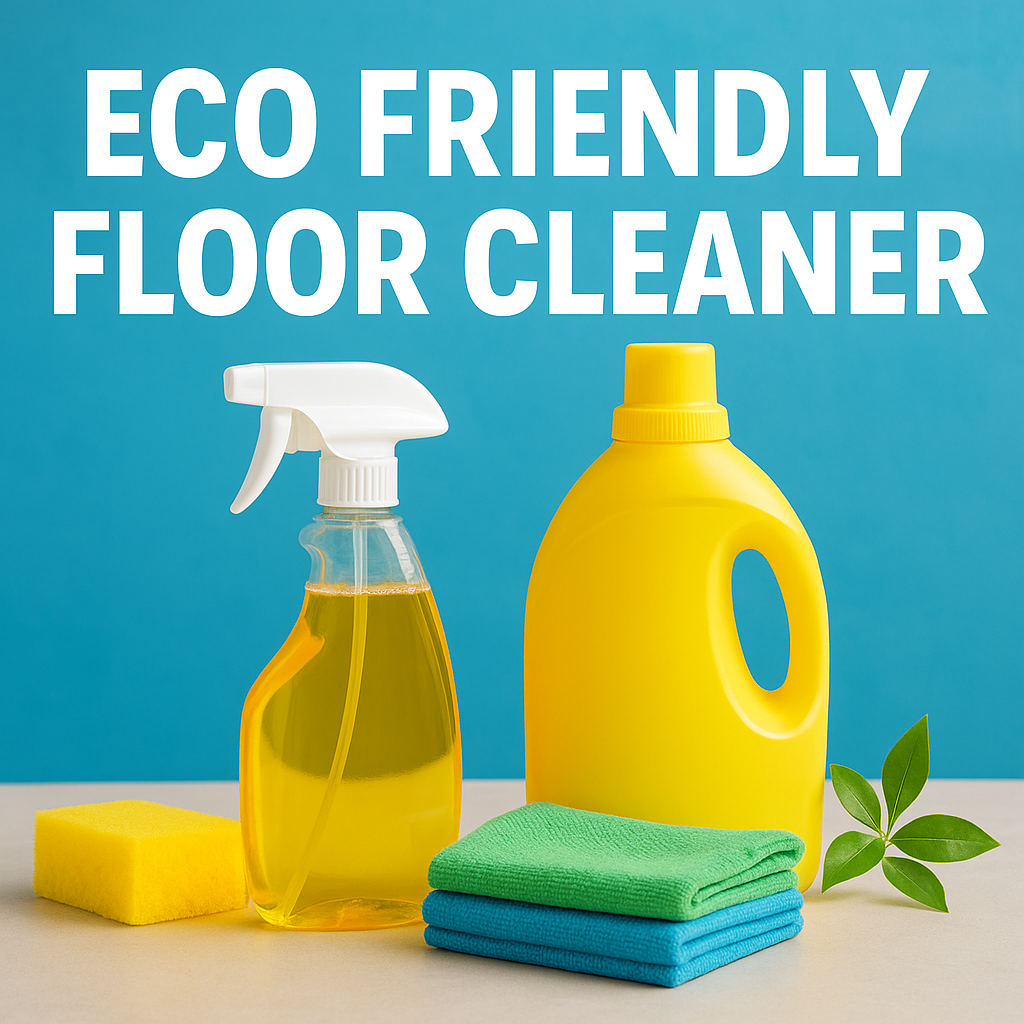
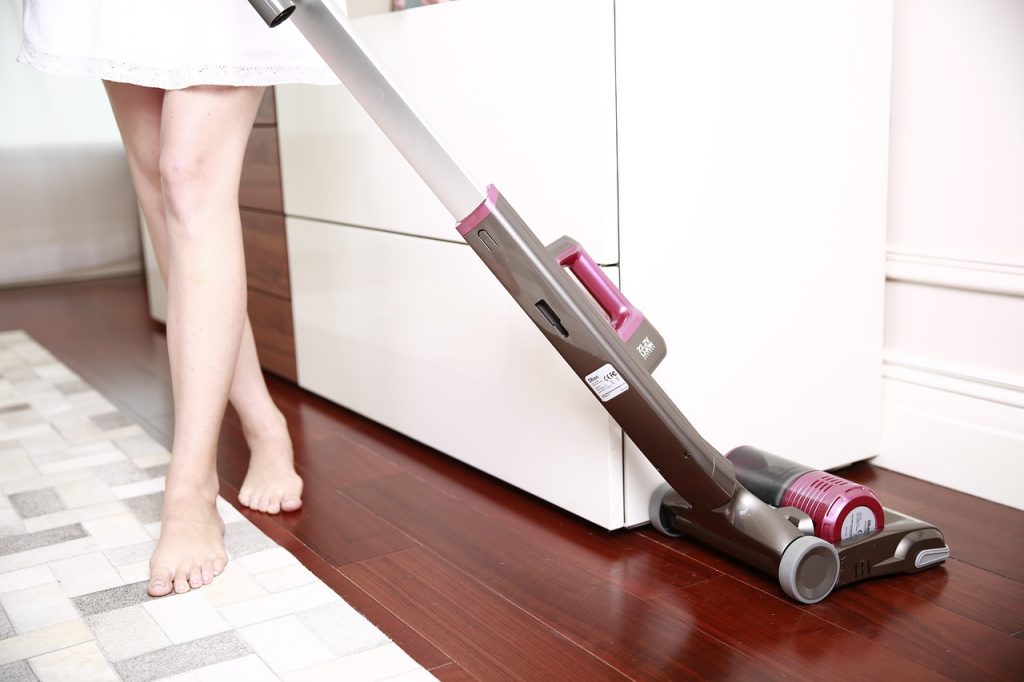
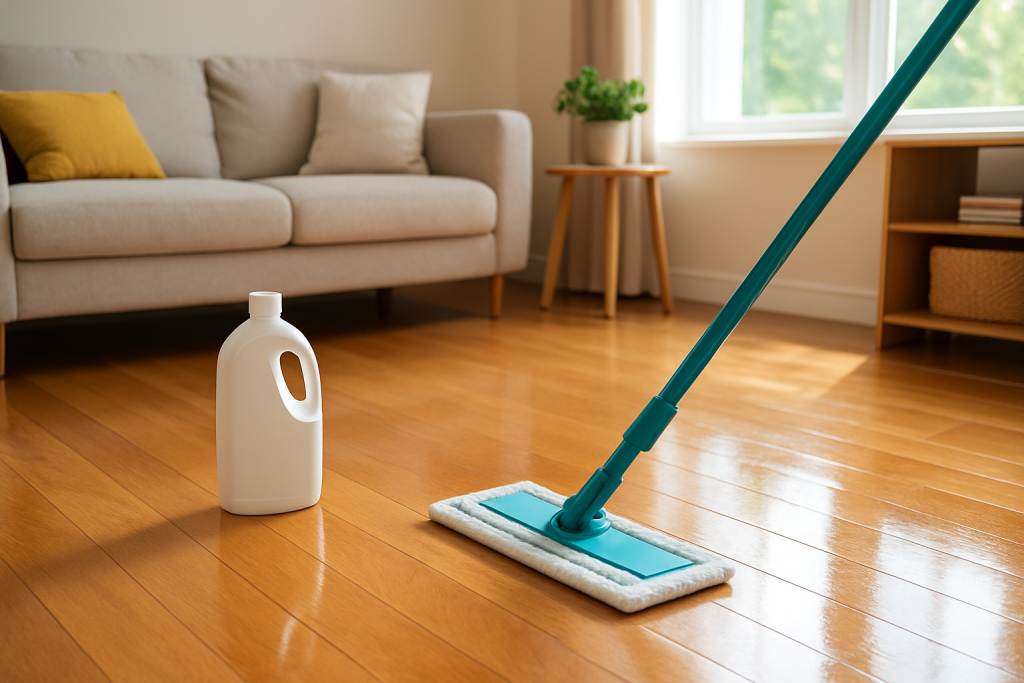
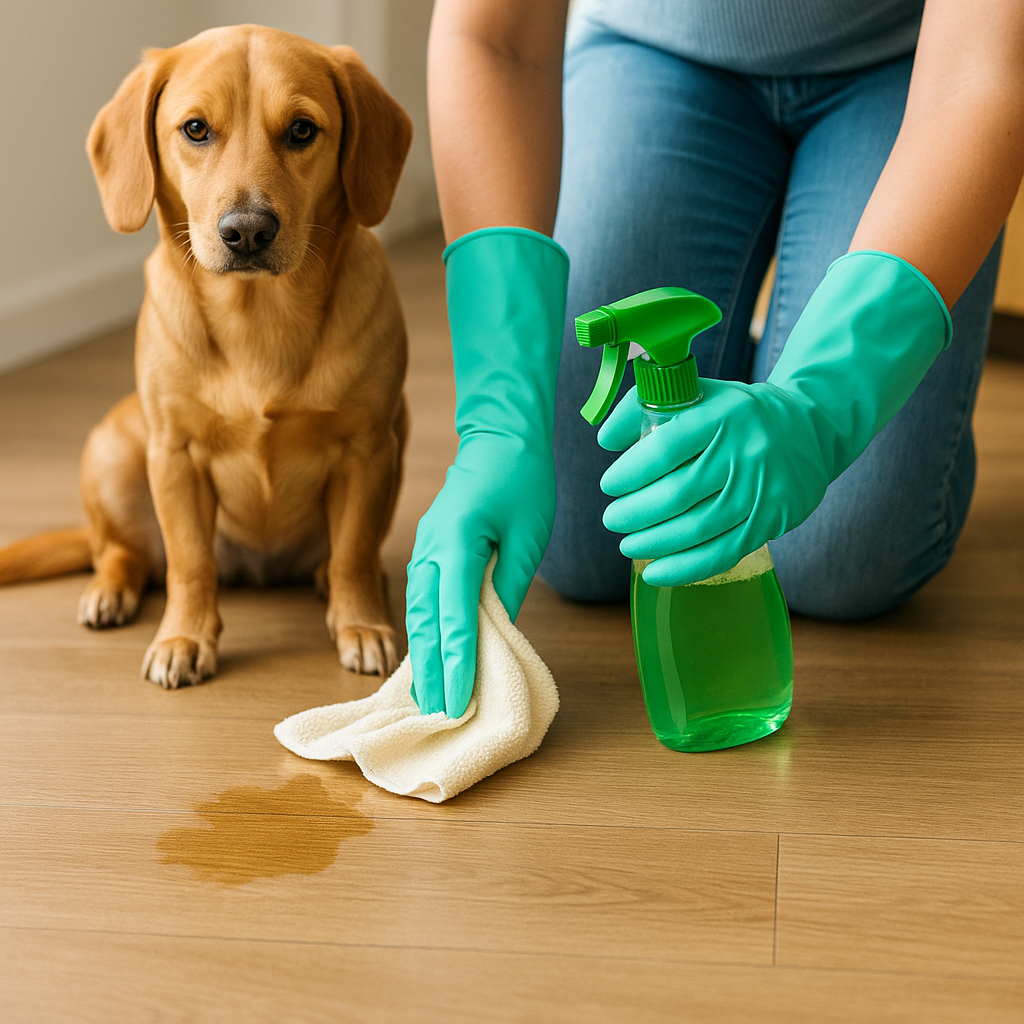
Leave a Reply